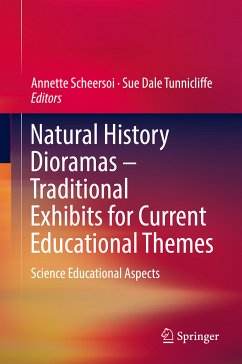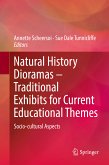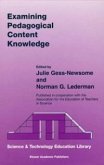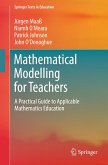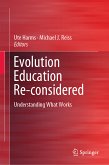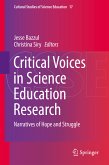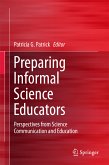Annette Scheersoi is a Professor in Biology Education at the University of Bonn, Germany. Her doctorate was on museum's exhibition concepts and the use of different media for communicating biological knowledge. Since 2005 she is a biology teachertrainer and researcher, first at Frankfurt University, then at the University of Cologne and now at Bonn's university. Her research on biology learning focuses on interest development in out-of-school learning environments. Annette also develops learning materials for schools as well as for museums, zoos and botanic gardens. Sue Dale Tunnicliffe is a Reader in Science Education at UCL Institute of Education, University College London. She holds a bachelors degree from Westfield College, University of London in Zoology and trained as a secondary biology teacher at the university's Institute of Education. After teaching in grammar schools for a few years she had children and, wanting to find out more about how young children learnt science, particularly biology, she entered primary school teaching and is now interested in pre school learning, as well as animals as exhibits. She set up and ran a new Primary Science and Design Technology advisory team for London Borough of Richmond and then became Head of Education at the Zoological Society of London. She has worked at the BBC and in a cultural museum. Her doctorate was from King's College, London 'Talking about animals: conversations of children in zoos, a museum and a farm". She has published widely.
Foreword & Introduction, Scheersoi, Annette & Tunnicliffe, Sue Dale.- Section 1. Dioramas as Witnesses of the Past and Evidence of Change.- 1) Origins and Contemporary Status of Habitat Dioramas in the United States, Rogers, Stephen, Shreckengast, Rebecca & Dorfman, Eric.- 2) Developing a Modern Diorama: Changing Habitats in Scotland since the End of the Last Ice Age, Kitchener, Andrew.- 3) Building and Maintaining Dioramas, Granqvist, Eirik.- 4) Dioramas of Marine Bird Colonies: History, Design, and Educational Importance, Hutterer, Rainer & Töpfer, Till.- 5) Botanical Dioramas - just Beautiful?, Grotz, Kathrin.- Section 2. Theoretical Aspects of Learning with Dioramas.- 6) Dioramas as (Scientific) Models in Natural History Museums, Moormann, Alexandra & Bélanger, Charlène.- 7) Educational Mechanisms of Dioramas, May, Michael & Achiam, Marianne.- 8) An Interpretation Model for Dioramas, Mifsud, Edward.- Section 3. Science Learning Activities Involving Dioramas.- 9) Constructing and Reviewing Dioramas: Supporting Beginning Teachers to Think about Their Use to Help Children Understand the Work of Natural History Scientists, McGregor, Debra & Gadd, Jennifer.- 10) Dioramas and Teachers: Looking, Thinking, Drawing, and Talking, Trowbridge, Cristina.- 11) Learning in Physical Science Opportunities at Natural History Dioramas, Tunnicliffe, Sue Dale, Gazey, Rebecca & Gkouskou, Eirini.- 12) Learning Science in the Encounter with Museum Dioramas, Piqueras, Jesús & Hamza, Karim & Edvall, Susanna.- Conclusion - The Use of Natural History Dioramas for Science Education, Reiss, Michael.

